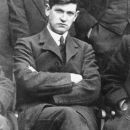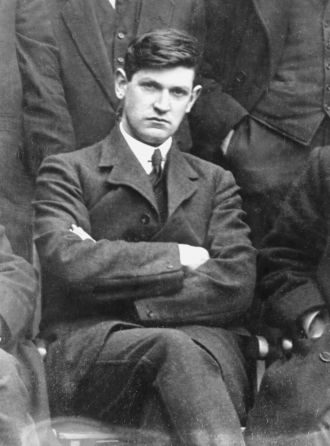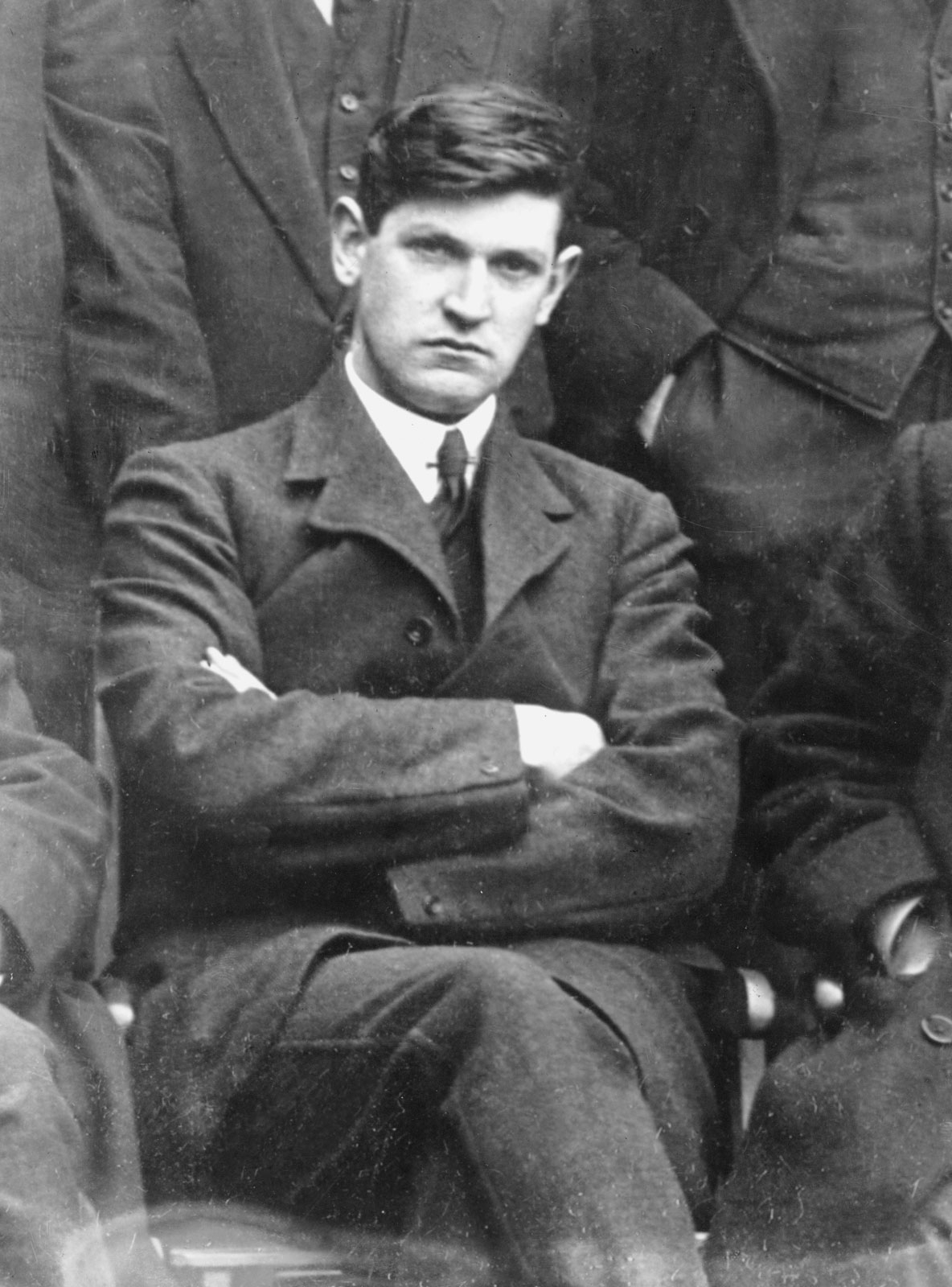Michael Collins - Irish leader
Michael Collins was born on October 16th 1890, and died August 22nd 1922. Michael "Mick" Collins was an Irish revolutionary leader who played various leadership roles in Irish government including Minister for Finance, Director of Intelligence for the IRA, Commander-in-chief for the National Army and President of the Irish Republic.
Michael Collins was killed on 22 August 1922 during an ambush while he was still engaged to Kitty Kiernan.
Michael Collins was killed on 22 August 1922 during an ambush while he was still engaged to Kitty Kiernan.
Date & Place:
in Ireland



 Daniel Pinna
Daniel Pinna 
